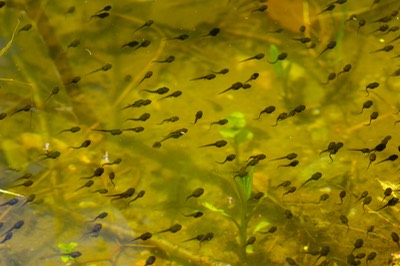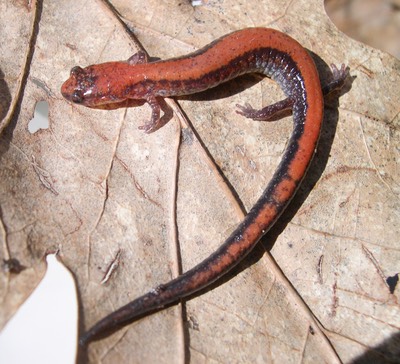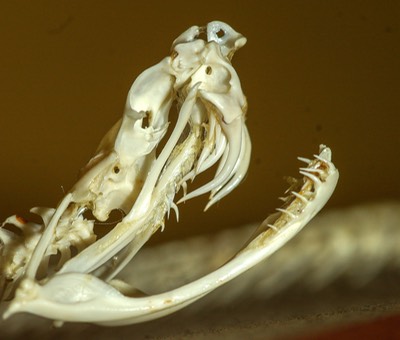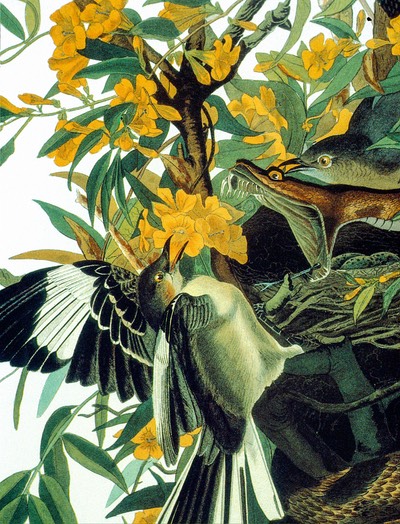... ARE VARIED AND FASCINATING
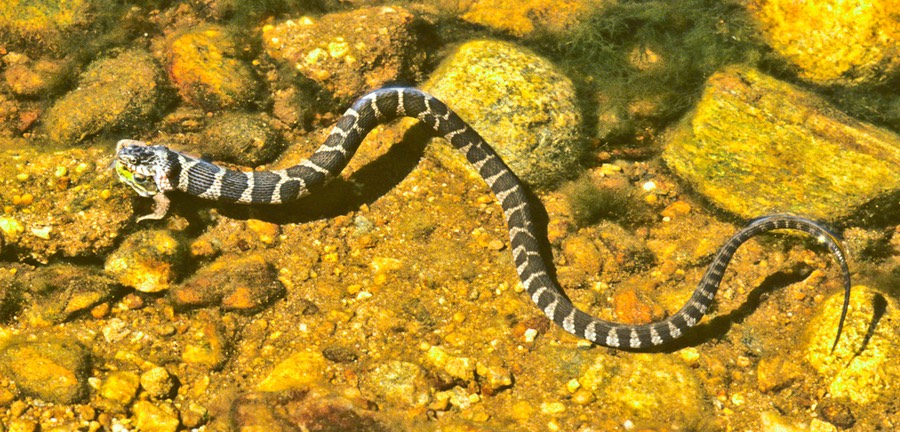
Juvenile Watersnake with greenfrog prey
So, a snake can’t stuff food into its face like us since they lack arms, hands, and dexterous fingers. But six rows of sharp, backwardly curved teeth, a skull that can expand in at least two dimensions, a strong digestive system, and a few other adaptations make them exquisitely functional animals. Some snakes actively hunt prey while others employ a more passive “sit-and-wait” method. It is likely that a few snakes, at least, will eat carrion, but this is a long way from being well studied. If you really want an entire story on tetrapod feeding mechanisms, get Kurt Schwenk’s, book: Feeding: Form, Function, and Evolution in Tetrapod Vertebrates.
In Western Massachusetts, there are three methods snakes use:
1. Grab and swallow. Some species (Garter, Ribbon, Redbelly, and others) find their prey (by scent and vision) and simply grab and begin working it down their throats. This may take just a few seconds with a salamander or worm, but it could take more than an hour if it’s a bird or frog.
2. Constrict. Only two local species (Milksnake and Ratsnake) are classic constrictors. By wrapping coils of their body around the prey, these snakes can (and typically do) eat larger food items and consequently hunt less often than those that feed on small prey. Racers will often pin prey or partially cover them with half a coil to hold it in place, but they’re not considered true constrictors.
3. Envenomate. Our two venomous species show the most recently evolved system for feeding. By simply biting prey and quickly letting go, Copperheads and Rattlesnakes minimize contact with small mammals. In this way they reduce the possibility of being injured during an encounter. Additionally, the venom (modified saliva) begins the process of digestion, reducing the time a snake needs for this process to occur. Interestingly, several observations made on venomous snakes eating birds show that they hold onto the bird rather than bite and release; makes a lot of sense.
Being ectotherms, snakes don’t need to eat very often. Feathered reptiles (i.e. birds) and mammals do because food is the fuel that helps us (and other endotherms) keep a constant body temperature (which, in turn, keeps a bunch of physiological processes working just fine). Gartersnakes probably eat several times a week, while Timber Rattlesnakes may not have more than two or three meals a year. Because snakes are so secretive, it’s difficult to measure this under natural conditions, but recent advances in technology should allow us new insights into this critical aspect of snakes’ lives.
